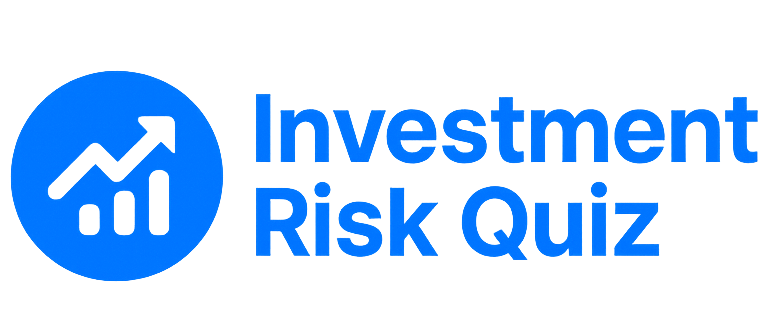What Is a Risk Profile and Why Does It Matter?
Published on April 15, 2025
When it comes to investing, one size definitely does not fit all. What works for your colleague, friend, or family member might not be the right approach for you. This is where understanding your risk profile comes in—it serves as a personalized framework for making investment decisions that align with your financial goals, timeline, and comfort level with market fluctuations.
What Is a Risk Profile?
A risk profile is an evaluation of an individual's willingness and ability to take risks with their investments. It's essentially a measure of your risk tolerance—how comfortable you are with the possibility of losing money in exchange for the potential of higher returns.
Risk profiles typically fall into several categories:
Conservative
Prioritizes protecting capital over growth. Prefers stable, low-risk investments with predictable returns, even if those returns are relatively modest.
Moderate
Seeks a balance between growth and security. Comfortable with some market volatility in exchange for potentially better returns than purely conservative investments.
Growth-Oriented
Focused on building wealth over time and comfortable with market ups and downs. Understands that higher returns typically require accepting more short-term volatility.
Aggressive
Prioritizes maximum growth potential and can stomach significant market swings. Willing to accept higher risk for the possibility of higher returns over the long term.
How Is Your Risk Profile Determined?
Your risk profile is shaped by several key factors:
- Time Horizon: How long you plan to invest before needing to access your money. Generally, the longer your time horizon, the more risk you can potentially take on.
- Financial Goals: What you're investing for—retirement, a home purchase, education, etc.—can influence how much risk is appropriate.
- Financial Situation: Your income stability, existing assets, debt levels, and emergency savings all affect your ability to take on investment risk.
- Psychological Factors: Your emotional response to market volatility and potential losses plays a significant role in determining your risk tolerance.
Why Your Risk Profile Matters
Understanding your risk profile is crucial for several reasons:
1. It Guides Asset Allocation
Your risk profile helps determine how to allocate your investments across different asset classes (stocks, bonds, cash, etc.). A conservative investor might have a higher percentage in bonds and cash, while an aggressive investor might allocate more to stocks and alternative investments.
2. It Helps Prevent Emotional Decisions
When you invest according to your risk profile, you're less likely to make emotional decisions during market volatility. If your portfolio aligns with your risk tolerance, you'll be better equipped to stick with your strategy during market downturns.
3. It Increases the Likelihood of Success
Investing in a way that matches your risk profile increases the chances that you'll stay invested and on track to meet your financial goals. If you take on too much risk, you might panic and sell during a downturn; if you take on too little risk, your investments might not grow enough to meet your goals.
Ready to discover your investment risk profile? Take our quick risk tolerance quiz to get personalized insights about your investing style and risk comfort level.
Risk Profiles Change Over Time
It's important to note that your risk profile isn't static—it can and often does change throughout your life. Major life events like marriage, having children, changing careers, or approaching retirement can all impact your risk tolerance and capacity.
That's why it's a good idea to reassess your risk profile periodically, especially after significant life changes, to ensure your investment strategy remains aligned with your current situation and goals.
The Bottom Line
Your risk profile serves as a personal roadmap for your investment journey. By understanding and investing according to your risk profile, you can create a portfolio that not only has the potential to meet your financial goals but also allows you to invest with confidence and peace of mind.
Remember, there's no "right" or "wrong" risk profile—the best one is the one that aligns with your unique financial situation, goals, and comfort level with risk.
